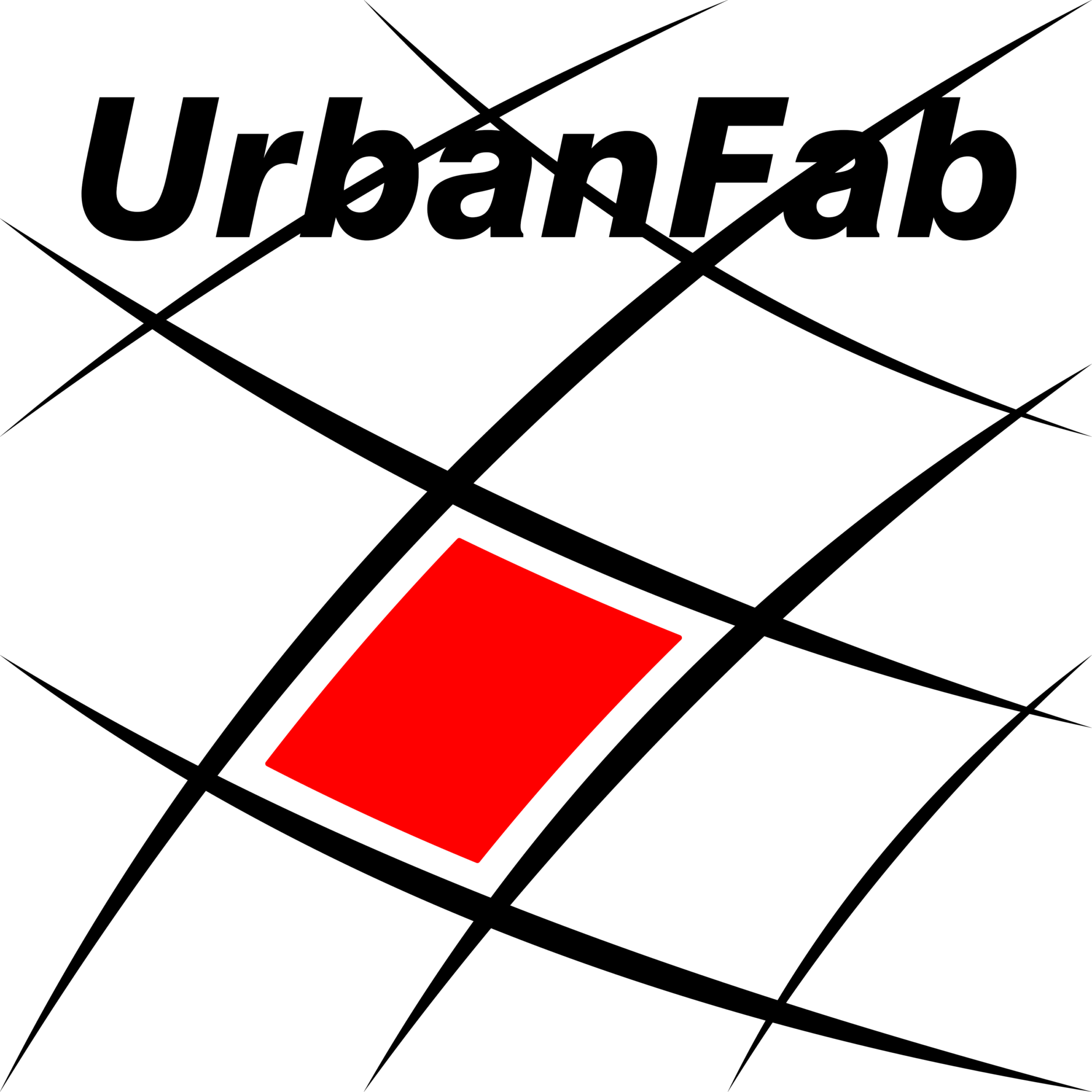This rhino grasshopper plugin is developed by Zebin Chen at SUTD Adaptive Design Lab led by Prof. F. Peter Ortner, in consultation with Prof. Peng Song and Pengyun Qiu.

Download:
https://www.food4rhino.com/en/app/urbanfab

Description:
Automated generation of urban design is a growing area of research addressing the complex challenge of building sustainable and economically viable cities. Within this research area vector fields are used to generate non-uniform urban fabric geometries. Much like the simulation of magnetic fields or moving fluids, vector field algorithms can also be adapted to simulate urban sites, resolving complex site constraints and generating geometry used in the design of roads, land parcels, or budlings. 3 types of 4-vector fields have been reviewed during UrbanFab development:
1) Distance field:
The distance field method calculates the closest point of all mesh vertices to the site boundary, identifying the vector oriented to the closest point.
2) Boundary field:
The boundary field method allows the user to set constraints with weights. The field is obtained by solving the quadratic variational problem.
3) Harmonic field. (Not included in V1)
The harmonic vector field method builds on the mathematical concept that the interior vertices should satisfy the discrete Laplacian equation with the specific boundary conditions. The solution is found by minimizing the energy of the field.
We have focused on the 4-vector field as it produces streamlines that intersect at approximately right angles, ensuring that subdivided land parcels are approximately rectilinear. We build upon these techniques, published notably by Yang et al. (2013), adding more detail on algorithms and proposing additional methods of evaluation relevant to urban designers.
Tutorial:
Installation:
Please ensure you have unlocked every file in the “UrbanFab” Folder.
Reference:
Chen, G., Esch, G., Wonka, P., Müller, P., Zhang, E. (2008). Interactive Procedural Street Modeling. ACM Trans. Graph, vol. 27, no. 3. Available at: https://dl.acm.org/doi/10.1145/1360612.1360702
Parish, YIH., Müller, P. (2001). Procedural Modeling of Cities. ACM SIGGRAPH. Available at: https://doi.org/10.1145/383259.383292 Weber, B., Halatsch, J., Aliaga, DG., Müller, P. (2012). Procedural Generation of Parcels in Urban Modeling. Computer Graphics Forum, 31, pp. 681–690. Available at: https://doi.org/10.1111/j.1467-8659.2012.03047.x
Vaxman, A., Campen, M., Diamanti, O., Panozzo, D., Bommes, D., Hildebrandt, K., Ben-Chen, M. (2016). Directional Field Synthesis, Design, and Processing. Computer Graphics Forum, vol. 35, no. 2, pp. 545-572. Available at: https://doi.org/10.1111/cgf.12864
Yang, Y., Wang, J., Vouga, E., Wonka, P. (2013). Urban Pattern: Layout Design by Hierarchical Domain Splitting. ACM Trans. Graph. Available at: https://doi.org/10.1145/2508363.2508405
Zhang,Q., Li B., Mo Y., Chen Y., Tang P.(2022). A WEB-BASED INTERACTIVE TOOL FOR URBAN FABRIC GENERATION: A Case Study of Chinese Rural Context. CAADRIA. Available at: https://caadria2022.org/wp-content/uploads/2022/04/291-1.pdf

